
AeroGenie – Ihr intelligenter Copilot.
Trends
Categories
Families Express Pain as AAIB Report on Air India Crash Reopens Wounds
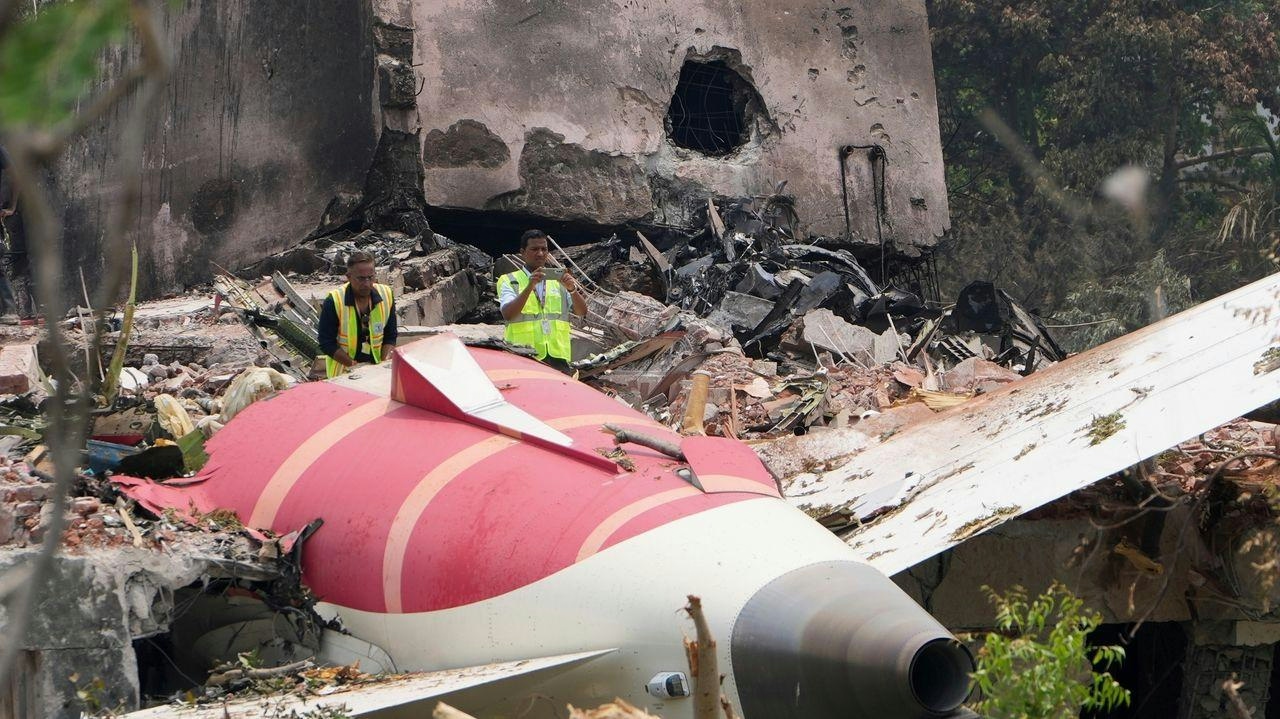
Families Express Pain as AAIB Report on Air India Crash Reopens Wounds
A month after the tragic Air India crash, the release of the Aircraft Accident Investigation Bureau’s (AAIB) preliminary report has reignited the anguish felt by the victims’ families. Published late Friday, the report has stirred painful memories and left many relatives questioning whether the catastrophe could have been averted.
The Crash and Its Aftermath
The crash, which occurred on June 12, 2025, remains one of the most devastating aviation disasters in recent Indian history. As families continue to mourn their sudden losses, the AAIB’s initial findings have offered limited clarity, raising more questions than answers. Notably, the report revealed that fuel cut-off switches were activated mere seconds after takeoff, a detail that has deepened the mystery surrounding the incident and intensified the families’ demand for transparency.
One grieving relative expressed frustration, asking, “What’s the point of this report if it doesn’t tell us why this happened?” Many affected families are not only seeking explanations but also accountability as they struggle to come to terms with the tragedy.
Broader Implications for Aviation and Industry
The repercussions of the crash extend beyond the immediate circle of victims and their families. The disaster has sent shockwaves through India’s aviation sector, particularly impacting the insurance market, which was already under pressure from previous accidents. Industry experts warn that this incident is likely to further harden the global aviation reinsurance market, potentially leading to increased premiums and tighter coverage worldwide.
Air India, recently acquired by the Tata Group, had been undergoing a significant transformation aimed at revitalizing the national carrier. However, the tragedy has cast a long shadow over these efforts, raising serious concerns about safety protocols and operational oversight during the transition period.
For now, the AAIB’s preliminary report has done little to alleviate the pain of the bereaved or provide the closure they seek. As investigations continue, families hold onto hope that forthcoming findings will deliver more definitive answers and, perhaps, some measure of solace.
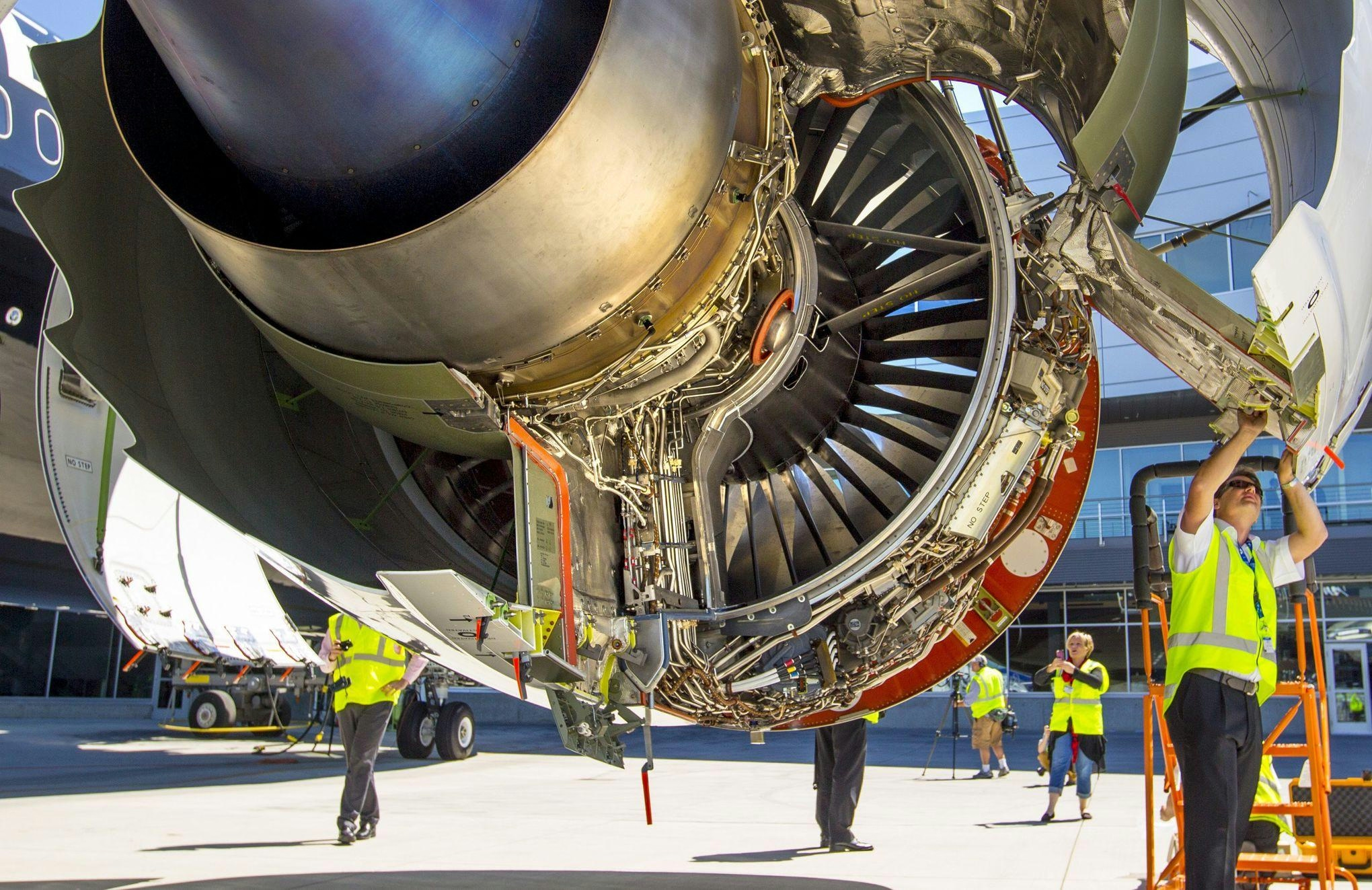
Airbus Faces Challenges from the World’s Most Environmentally Advanced Widebody Aircraft
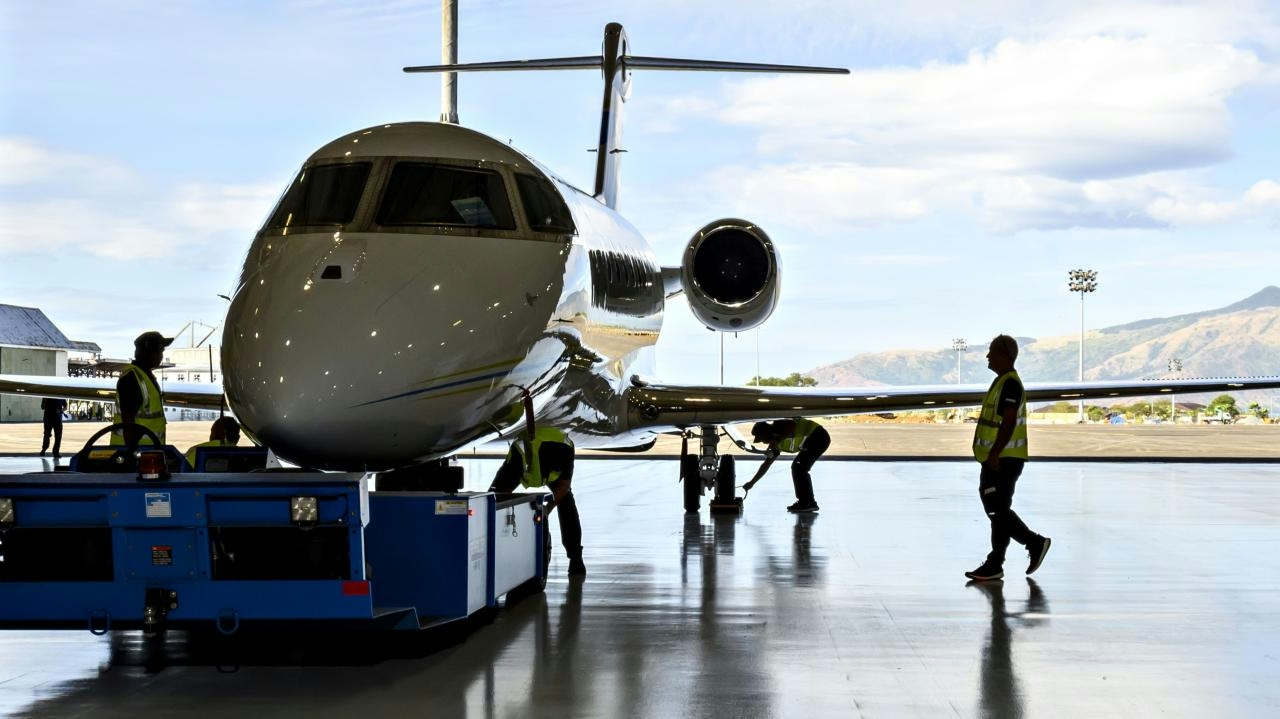
ACTSI Expands Subic MRO Facility with New Hangar
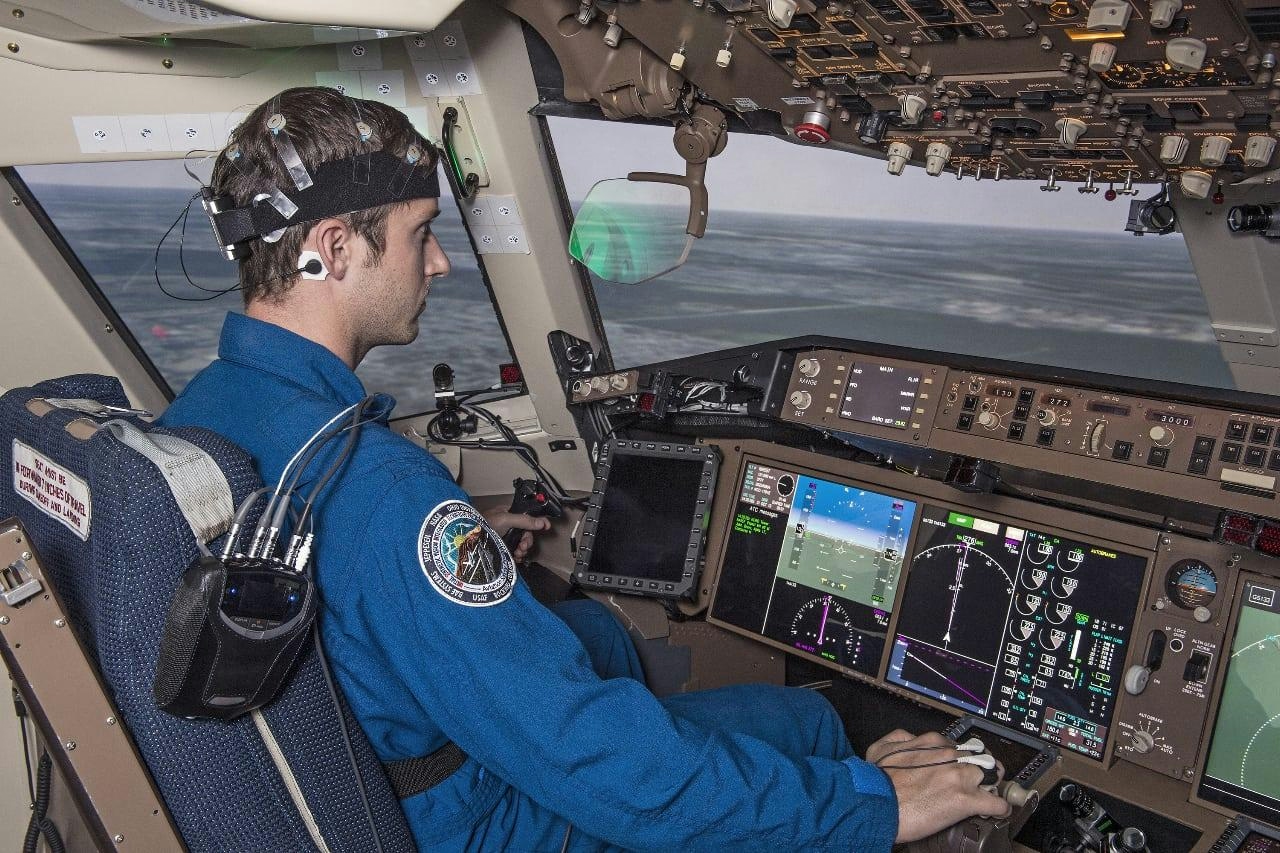
Georgia Tech and NASA Partner on Autonomous Flight Research at New Aviation Lab
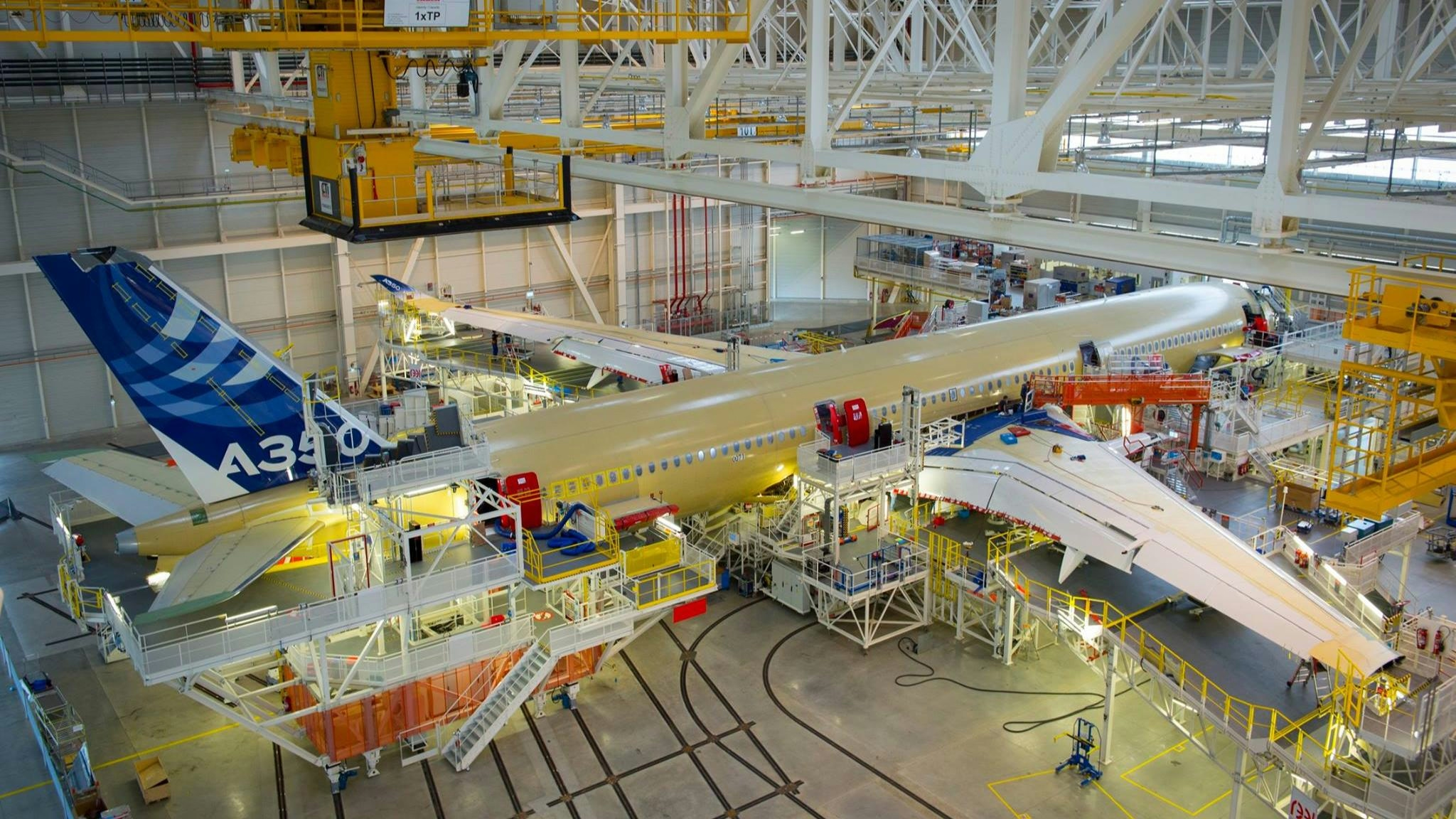
Airbus and Boeing Report September 2025 Aircraft Orders and Deliveries
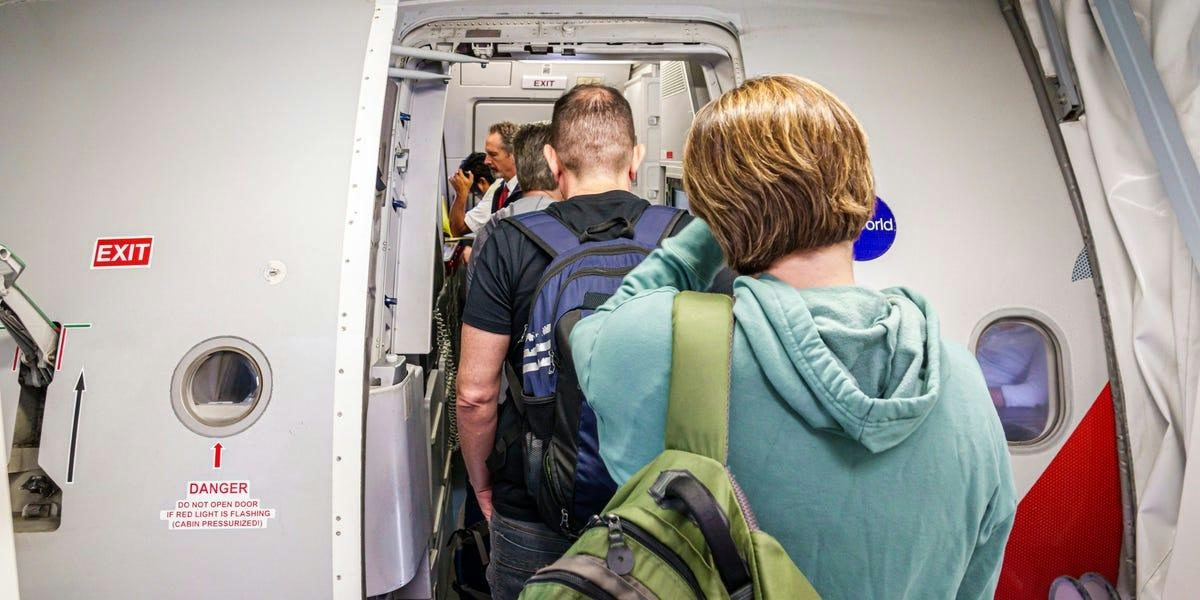
Review: American Airlines’ New AI Trip Planner Shows Promise but Needs Improvement

Archer Aviation and Game Aerospace Executives Discuss Future Technology Advances
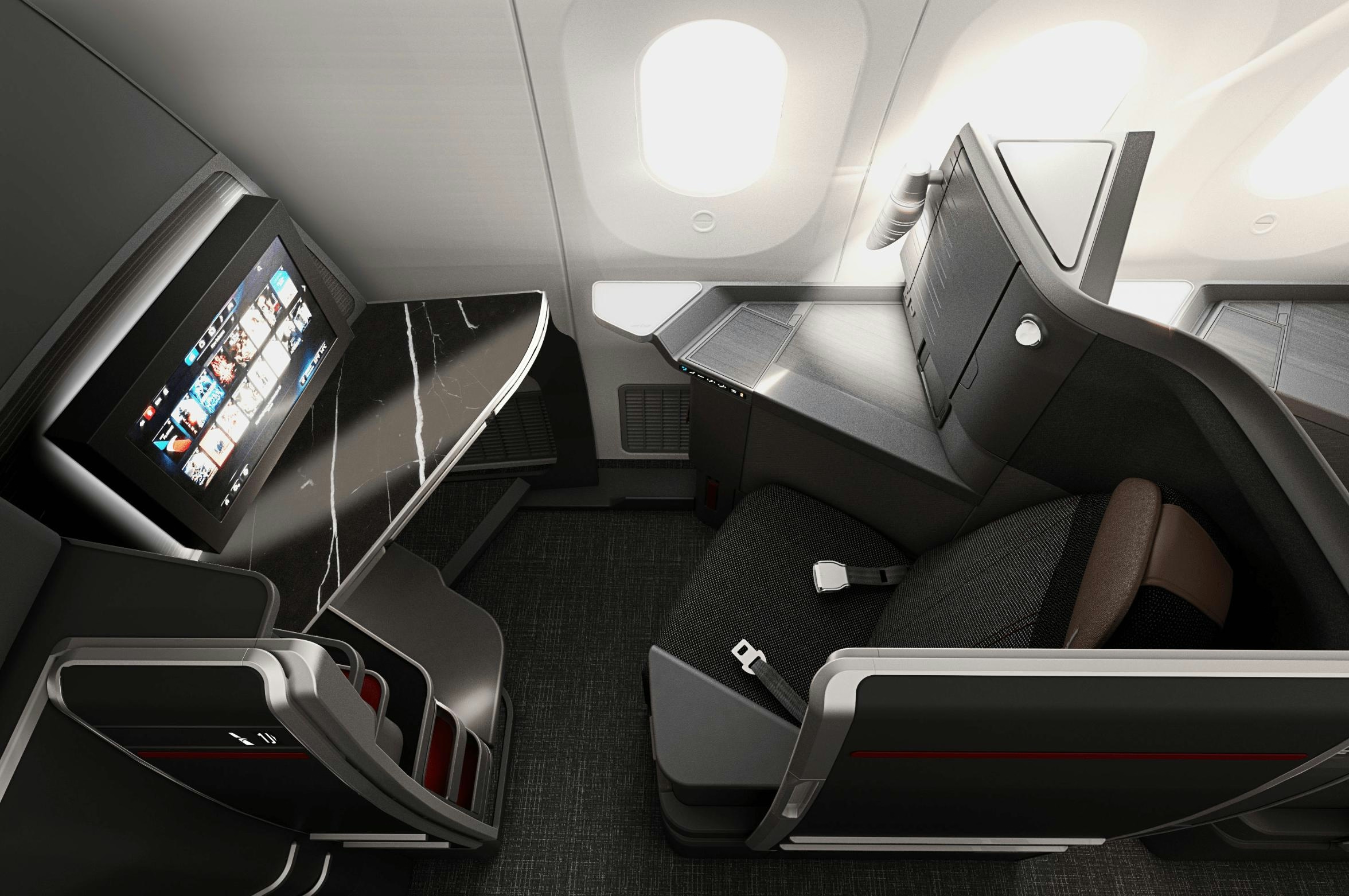
American Airlines Uses AI to Enhance Travel Experience and Support Tourism

CORRIDOR Launches AI Operations Manager with West Star Aviation

CORRIDOR Introduces AI Operations Manager in Partnership with West Star Aviation
